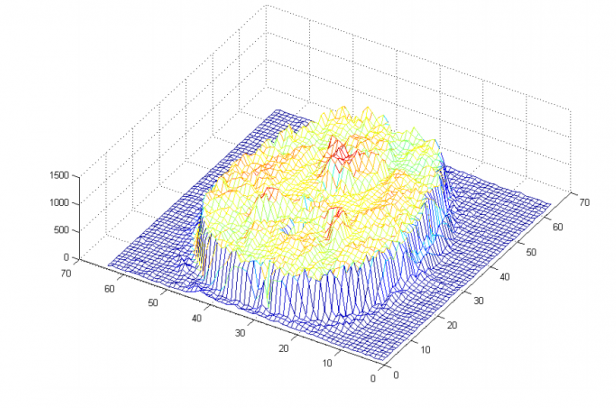fMRI allowed us to calculate the number of brain “computing cores”
 The human brain consists of 100 billion neurons, each of which can have up to 10 thousand connections with its neighbors. All this magnificence, envied by those working with information scientists, consumes 20 watts at peak load and fits in a tiny skull box.
The human brain consists of 100 billion neurons, each of which can have up to 10 thousand connections with its neighbors. All this magnificence, envied by those working with information scientists, consumes 20 watts at peak load and fits in a tiny skull box.Often, the brain is described as a highly parallel computational mechanism, which makes one wonder how deep the parallelization is. In his work, Harris Gheorghiu of Athens National University named after Kapodistrias was able to answer the question of how many “computational cores” there are in our brain. The calculation was performed during the execution of simple tests using a special type of tomography. This could potentially mean a small step towards creating artificial intelligence.
For these purposes, functional magnetic resonance imaging was used. Such a study includes the study of hemodynamic reactions, the device measures changes in the oxygen levels of blood passing through different parts of the brain. It is assumed that more active parts of the brain consume more oxygen, so you can detect working zones.
')
Usually, in the analysis of fMRI, the brain is divided into three-dimensional areas called voxels, each of which is on the order of 5 mm³. A complete map of brain activity at any time can be recorded using a three-dimensional model of 60 × 60 × 30 voxels. The measurements are repeated approximately once a second, as a rule, the test lasts two to three minutes, and the brain under study is influenced by various physical factors. The result is about 30 million values.
Gheorghiu's job was to determine, using the data obtained, the number of independent processes that occur in the brain. As he himself says, this is not too different from attempts to determine the number of physical cores of a computer’s processor, only here they are located in a spatial structure and process cognitive processes.
And this is not an easy task, given the size of the data received. At the beginning of his work, Georgio created a synthetic fMRI result data set, made of eight different signals with statistical characteristics similar to those of the brain. He then used the analysis of independent components to determine how many independent signals were present. Making sure that he found eight signals, he continued to work.
He used similar techniques to analyze data from real brain scans. The subjects were asked to perform two simple tasks, the first was a typical test for visual-motor reaction. After a red or green signal appears on the screen, the reaction must be shown either with the right index finger or with the left. A total of 100 such experiments were conducted on 9 healthy adult subjects.
The second task was somewhat more difficult, the test subjects were shown a series of images: faces, houses, chairs, and so on. The task was to determine which object appeared twice, while the photographs could have different angles of shooting and lighting conditions.
As a result of a complex analysis, a clear and simple conclusion was obtained. Gheorghiu said that the analysis of independent components revealed about 50 independent processes occurring in the brain of the subjects. In this case, the brain uses fewer processes when carrying out tasks easier, for example, simple recognition.
These results can change our understanding of how we should create microchips designed to emulate human thinking. It is possible that parallelism in the brain occurs not at the level of neurons, but at a higher level of structural and functional organization, and the total number of processes is in the region of 50.
The voxel contains approximately three million neurons, each of which has several thousand connections with each other. The most advanced neuromorphic chips currently in existence contain only a few million artificial neurons with 256 connections in each of them.
Theoretically, according to Georgiou, an artificial cognitive structure, similar to the human brain, may not require much parallelism at the level of neurons, but can be broken down into a limited number of individual functional processes.
Based on MIT Technology Review . The report can be downloaded from arxiv.org .
Source: https://habr.com/ru/post/362785/
All Articles